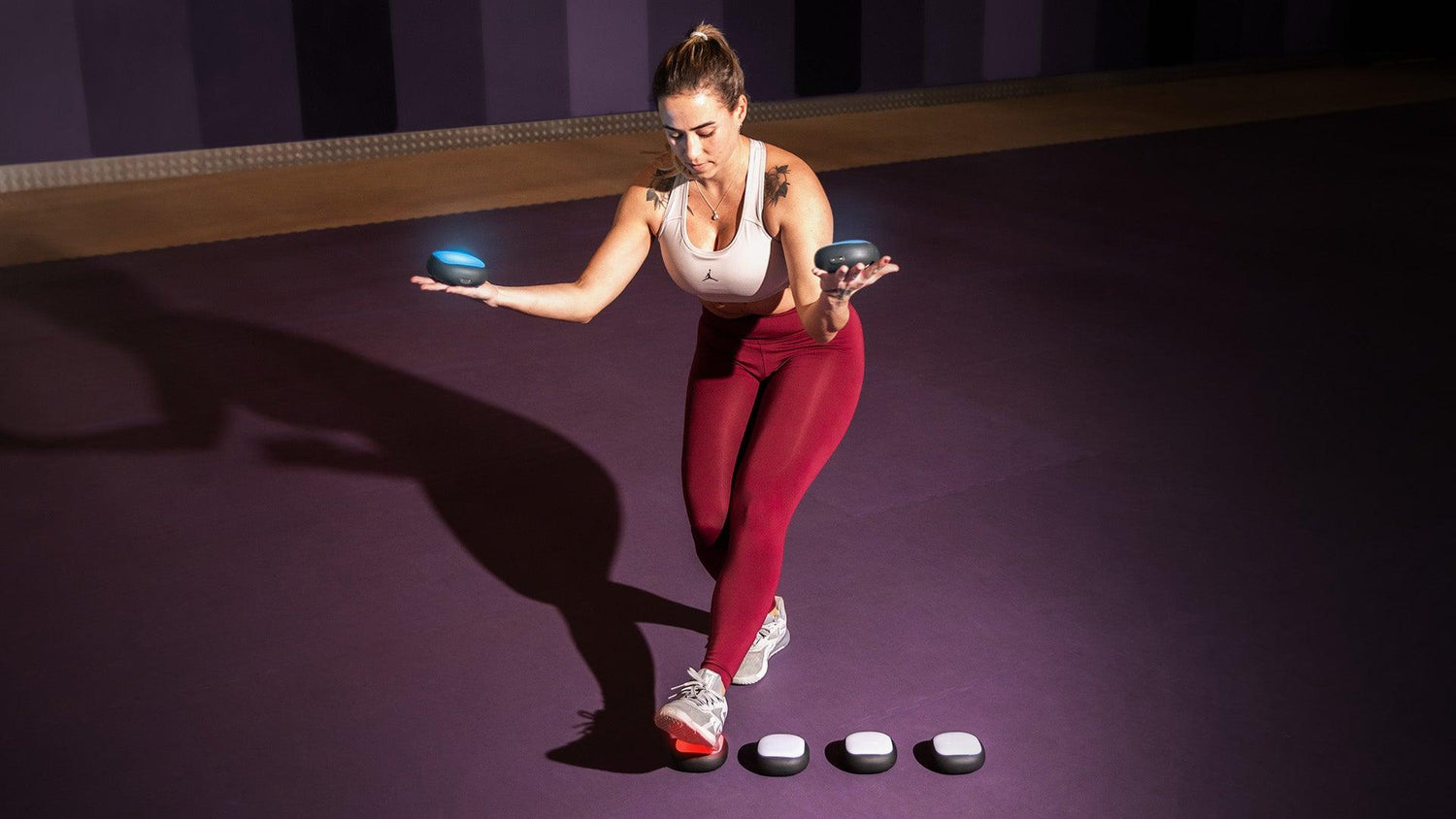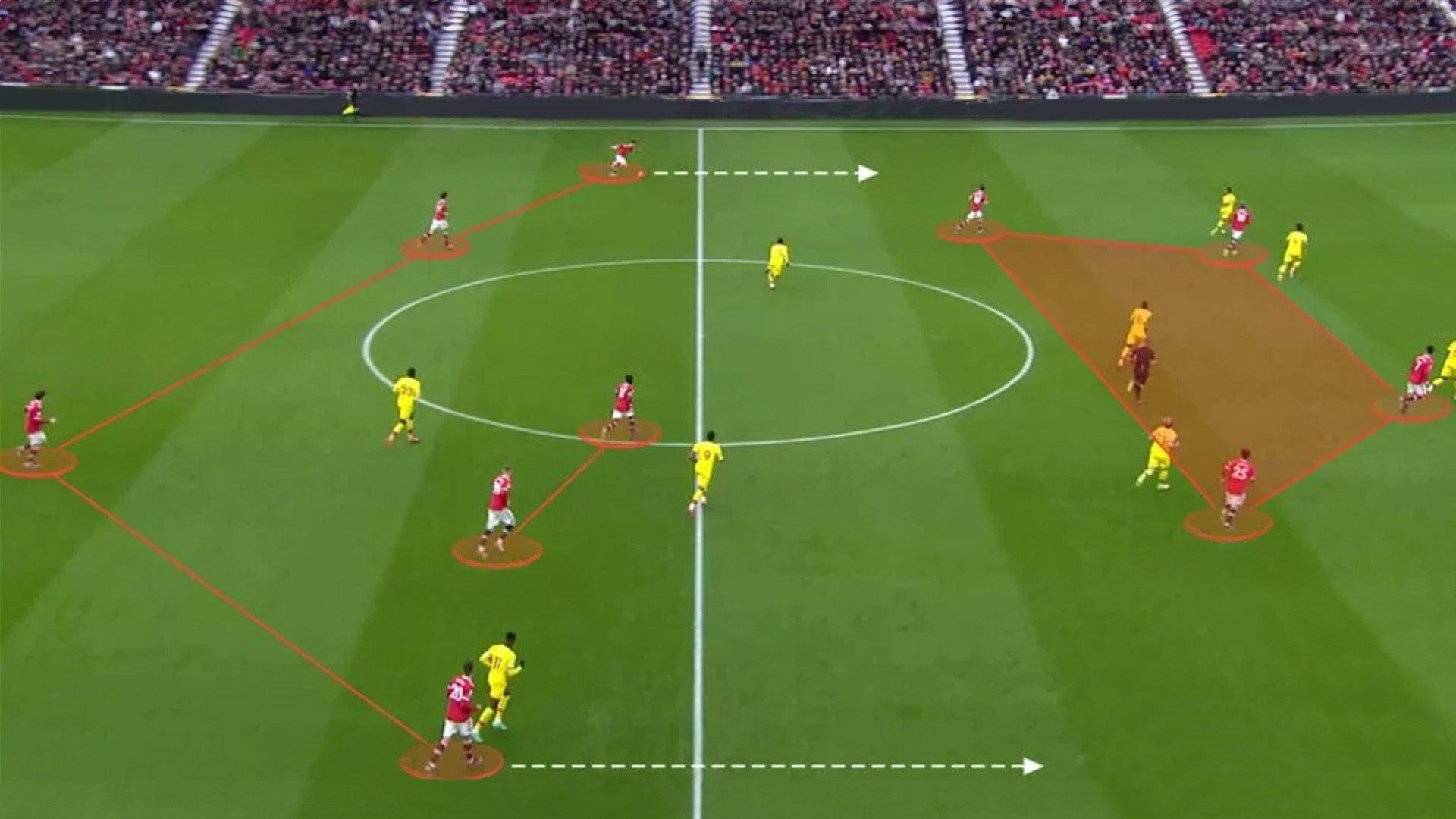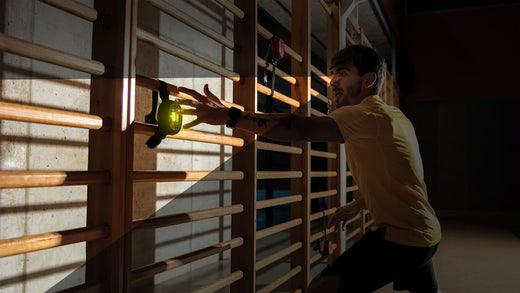Coordination in physical fitness is a key part of movement and athletic ability. It often goes unnoticed, yet it affects how you perform, recover, and move every day. A-Champs believes that building better coordination skills can help anyone train smarter and move with more confidence.
What Is Coordination in Physical Fitness?
Coordination is your body’s ability to move smoothly and efficiently. It depends on how well your nervous system and muscles work together. When your body coordination and motor control are strong, your eyes, arms, and legs move in sync. This harmony improves sports performance and supports daily balance—especially for older adults.
As ACE Fitness explains, coordination is one of the main motor skills you can train. It helps you control movement speed, rhythm, and direction. In short, better coordination means more control over how your body moves.
The Science Behind Coordination Training
Your brain, muscles, and nerves constantly communicate. The brain sends messages through the nervous system that tell your muscles when to move. The cerebellum—the part of your brain that manages balance and coordination—keeps these movements accurate and steady.
Doing regular balance exercises and coordination workouts strengthens this connection. For example, using the ROXPro system helps improve hand-eye coordination and reaction time. These drills teach your body to react faster and move with better control.
Why Coordination Skills Matter in Sports
Every sport depends on good coordination skills. Whether you play soccer, basketball, or tennis, your body needs to respond quickly and accurately. FIFA’s Technical Reports emphasize that motor coordination and agility are key to top-level performance.
- Better performance: Smooth, efficient movement patterns improve control and speed.
- Fewer injuries: Strong postural control and body awareness help prevent harmful motions.
- More balance: Coordinated movement supports joint stability and reduces wasted energy.
How to Improve Coordination
Improving coordination is easier than it sounds. The key is to combine physical movement with mental focus. Try activities that challenge balance, timing, and quick reactions. Here are a few ways to get started:
- Agility drills: Use agility light pods or jump rope routines to build rhythm and precision.
- Hand-eye coordination games: Catch or hit moving targets to sharpen focus and response speed.
- Balance exercises: Practice lunges, single-leg stance, or tai chi-style movements to maintain balance and stability.
Examples of Coordination in Physical Fitness
Common coordination exercises include catching, dribbling, skipping rope, and throwing. These activities engage multiple muscles and senses at once. They boost motor coordination, movement control, and balance. Pairing these with cognitive training exercises can further improve your reaction time and decision-making.
Building Coordination with A-Champs
Coordination in physical fitness is the foundation for athletic and daily movement. With consistent coordination training and smart tools, you can see real progress fast. Explore more coordination and balance training tips on the A-Champs Magazine and start improving today.
Move smarter, react faster, and feel more in control—one step at a time.





Leave a comment
This site is protected by hCaptcha and the hCaptcha Privacy Policy and Terms of Service apply.